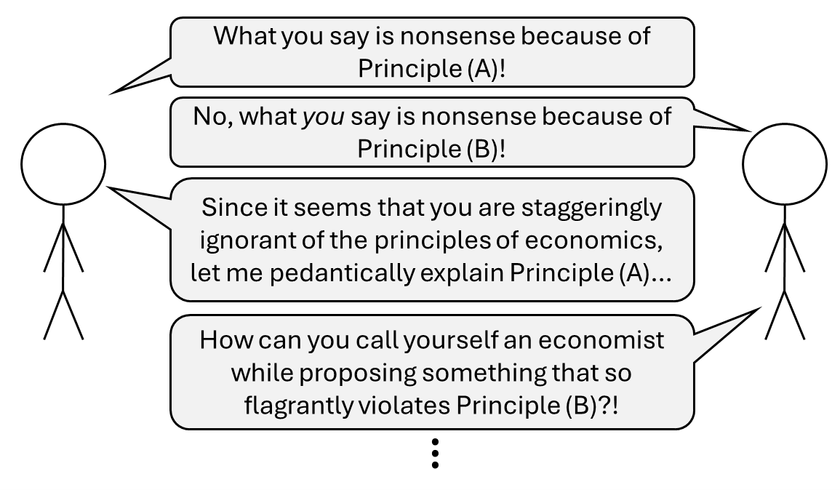
 LessWrong (Curated & Popular)
LessWrong (Curated & Popular) “Applying traditional economic thinking to AGI: a trilemma” by Steven Byrnes
Jan 14, 2025
Steven Byrnes, author of a thought-provoking LessWrong post, dives into the intersection of traditional economics and Artificial General Intelligence. He discusses two foundational principles: the resilience of human labor value amidst population growth and the implications of demand on product pricing. Byrnes presents a captivating trilemma, exploring how AGI might challenge these longstanding economic views. With insights on the evolving landscape of labor and manufacturing, he sparks a fascinating debate on AGI's impact on the economy.
AI Snips
Chapters
Transcript
Episode notes
Traditional Economic Principles
- Two strong principles in traditional economics are the "no lump of labor" and the "experience curve".
- These suggest that labor retains value with population growth, and product costs decrease as demand increases.
Conflicting Predictions about AGI
- Applying these principles to AGI creates conflicting predictions about the price of resources like chips and electricity.
- One principle suggests prices will stay high due to AGI's value, while the other predicts low prices due to increased production.
Unproductive Debates on AGI and Economics
- Unproductive debates often arise when people treat these economic principles as absolute truths.
- Byrnes cites the blog post "AGI will not make labor worthless" and its comments as a recent example.

